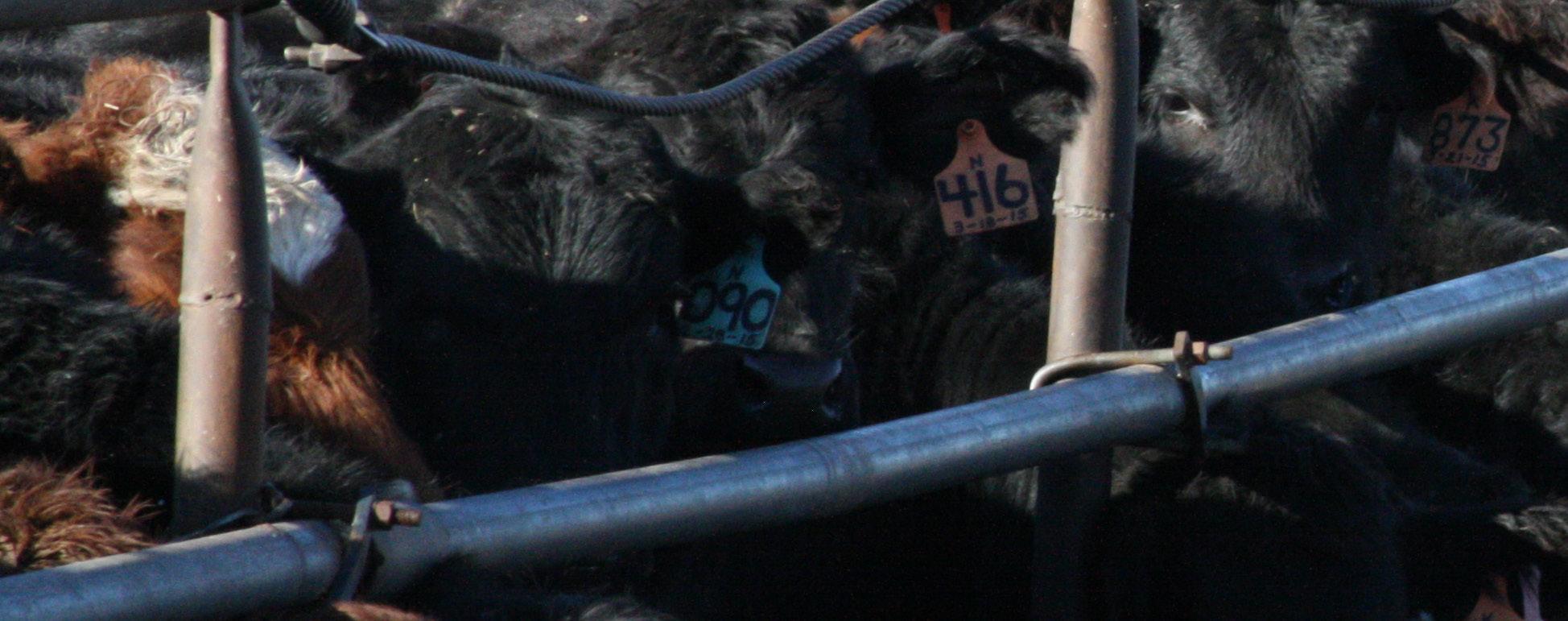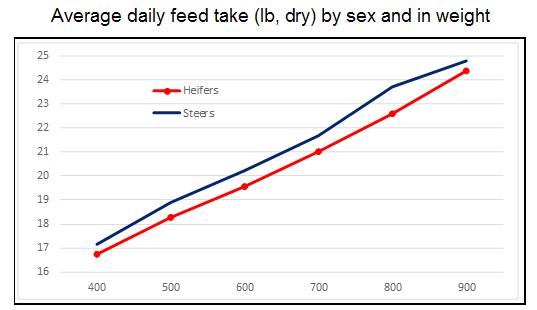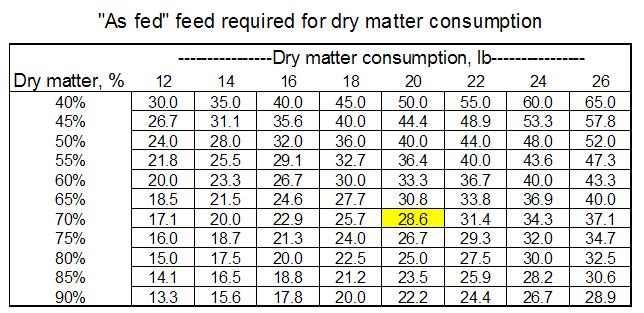
1 minute read
Understanding Medicated Feeds
Part One – How much do cattle eat?
By: Dr. Pete Anderson, Midwest PMS, LLC Introduction
Beginning in 2016, some common feed additives for feedlot cattle will required Veterinary Feed Directive (VFD) documentation. A VFD goes beyond a prescription to dictate more details about how cattle are fed. Veterinarians, nutritionists and cattle feeders will need to work together to meet VFD requirements.
One of the first things required to properly formulate, manufacture and deliver medicated feed, is knowing how much the cattle will eat. All feeds contain some moisture and weight of ingredients or finished feeds is sometimes expressed “as fed”, meaning the actual weight of the feed, or on a “dry matter” basis, expressing the weight the feed would be if it contained no moisture.
Since feed ingredients can vary from day to day or with different deliveries, feed yards routinely conduct dry matter tests on feed ingredients and finished feeds.
Feed yards often use both as fed and dry matter numbers, for different purposes, so it is important to understand both. Understanding the relationship between as fed and dry matter is also critical for hitting target or label levels for medicated feed additives.
Table 1 illustrates the relationship between dry matter consumption, dry matter percentage of feed and as fed feed required. The highlighted example indicates that to get 20 lb of daily dry matter consumption of a diet that is 70% dry matter, 28.6 lb of as fed feed must be consumed.


Midwest PMS maintains a database of closeout records from some of our customers. The average feed consumption for all of the cattle in the database (43,160 lots, 6.2 million head) is 21.65 lb (dry matter basis). Does that mean that every animal eats 21.65 lb every day? Of course not.
10 pacdvms.com
To properly formulate diets and get the right dose of feed-delivered medication in cattle it is necessary to understand two forces that affect feed consumption levels:
• Known biological relationships
• Normal variation
Some of the known factors that affect feed consumption include:
Sex and placement weight of the cattle: In the Midwest PMS database, steers consumed an average of 22.54 lb, heifers










